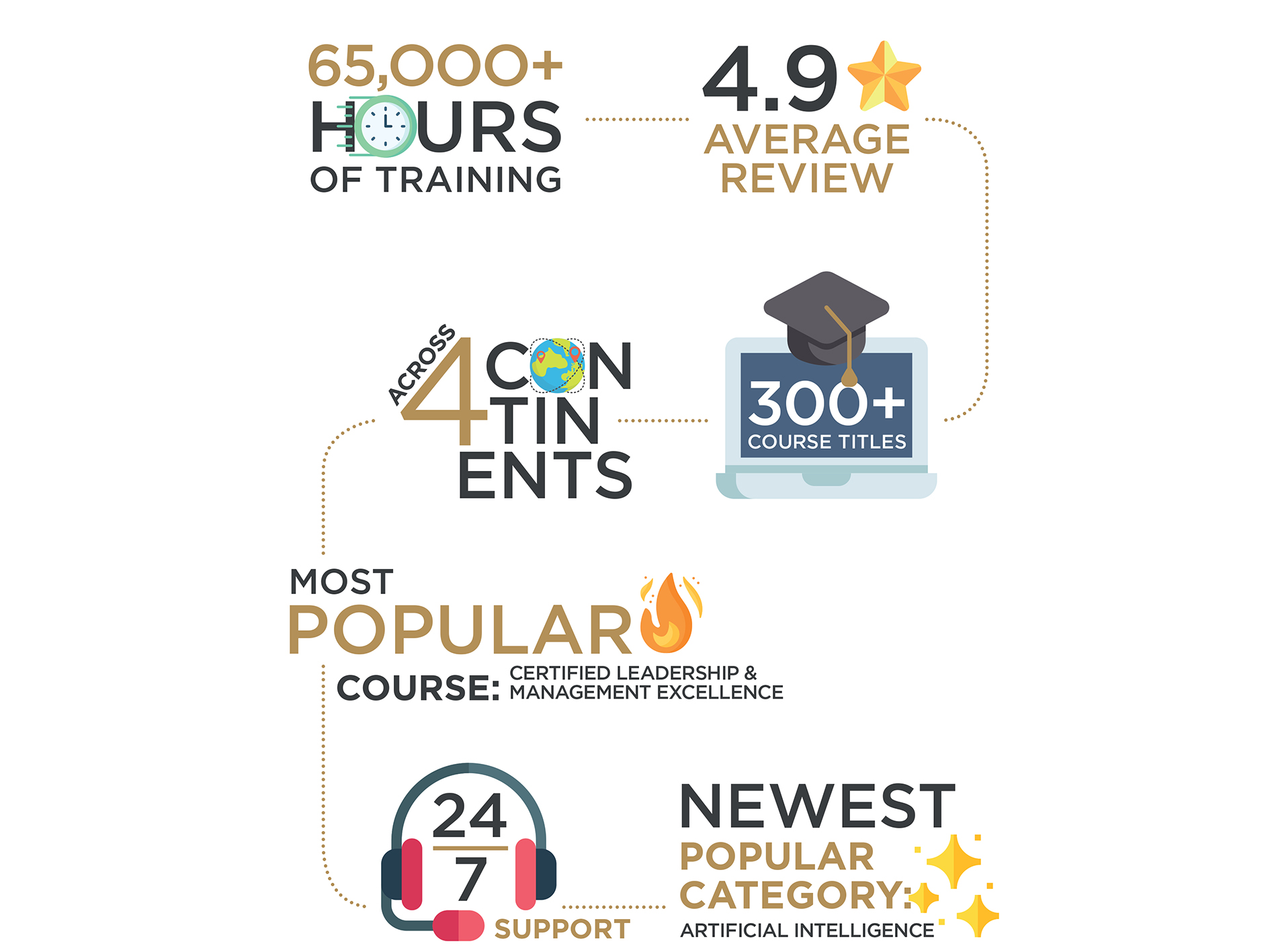The impact of Brexit, coupled with the Covid-19 pandemic has seen the supply chain process change dramatically over the past eighteen months.
The challenges resulting in these changes have been wide ranging. To help you navigate this tricky time, we’ve identified the top five challenges the supply chain has been facing, as well as highlighting tips for overcoming them as we move further forward into post-pandemic living and working.
Top five supply chain challenges
1.Demands on materials
Although normality is seeping back in many areas of our work and life, the impact of reduced input and increased consumer demands during the pandemic is still hitting manufacturing hard.
Companies are struggling to keep up amidst shortages of basic materials and goods, including electronics, vehicles and household items.
2.Supplier management
Since the 1950s, the Just In Time (JIT) process, which helps companies to reduce waste and costs by ordering only the absolute essential materials needed for a job, has been the most successful method for aiding profit and productivity in manufacturing.
The impact of Covid-19, with fresh demand on materials and a change in consumer behaviour, has reputationally put the JIT process under question.
3.Consumer demands on lead times
Trying to improve predictions around consumer demand has been very difficult during the past year as consumer behaviour and expectations changed. This has put pressure on delivery times and the ability to provide a positive customer experience.
Forecasting went down the pan, leaving retailers and suppliers alike without a guide as to how much stock to order or manufacture at any given time.
4.Rising freight prices
With worldwide lockdowns seeing online retail surge, demand for raw materials and manufacturing has increased. Although not completely unpredicted, the rise has been far greater than expected, pushing freight prices up by as much as 240%.
5.Congestion at docks and ports
Labour shortages, and until recently, the need to social distance, has meant although loading and unloading tends to go to plan, docks and ports are regularly at capacity, creating a bottleneck.
In turn, this congestion then leads backlogs and carriers unable to meet delivery criteria.
Top tips for overcoming supply chain challenges
Although these challenges may feel overwhelming at times, the experts at LTFE have gathered together some useful tactics you can implement to help overcome them.
Firstly, where you can, keeping liquidity in your business will help you to meet stock demands as well as pay for premium manufacturing or shipping to maintain positive customer experiences.
In addition, flexibility in your supply chain strategy is key. By this we mean geographically broadening where you source key items. Developing relationships with a number of suppliers in different locations will minimise the likelihood of your supplier not being able to keep up with demand.
Continuing in this theme, look at different port options too. Often people seek this kind of support in Asia, but also developing relationships with partner ports in America will mean you can cope with any further demand spikes more easily.
Automation forecasting is also on the rise. Automated stock counts, warehousing costs and customer demand can streamline processes meaning you can stock up with confidence and also reduce excess overheads.
Lastly, keep your staff on top of the latest supply chain trends and developments by investing in training to help your business continue to react and adapt going forward.
Here at LTFE, we have a range of supply chain, purchasing and logistics management courses to ensure you and your team are in the best place to overcome challenges whilst still improving productivity and profitability.
View our list of upcoming courses or contact the LTFE team via our website virtual assistant to discuss your training needs.
 All Courses
All Courses
 Accounting and Finance
Accounting and Finance Administration and Office Management
Administration and Office Management Business Administration
Business Administration Chemical Engineering
Chemical Engineering Communications and Public Relations (PR)
Communications and Public Relations (PR) Compliance and Legal
Compliance and Legal Construction Management
Construction Management Contract and Project Management
Contract and Project Management Customer Experience and Relationship Management
Customer Experience and Relationship Management Data Management and Business Intelligent
Data Management and Business Intelligent Digital Transformation
Digital Transformation Energy and Sustainability
Energy and Sustainability Health, Safety and Environment
Health, Safety and Environment Hospitality & Tourism
Hospitality & Tourism Human Resources and Talent Development
Human Resources and Talent Development Industrial Manufacturing and Production
Industrial Manufacturing and Production Innovation and Artificial Intelligence (AI)
Innovation and Artificial Intelligence (AI) Leadership and Management
Leadership and Management Oil and Gas
Oil and Gas Procurement & Supply Chain Management
Procurement & Supply Chain Management Public Sector
Public Sector Quality and Productivity
Quality and Productivity Retail and E- Commerce
Retail and E- Commerce Sales and Marketing
Sales and Marketing Sports Event Management and Operations
Sports Event Management and Operations Strategy and Business Planning
Strategy and Business Planning Sustainability and CSR
Sustainability and CSR Learning Solutions
Learning Solutions
 About Us
About Us
 iLearn Blog
iLearn Blog
 Directory Calendar
Directory Calendar
 Contact Us
Contact Us
 All Courses
All Courses
 Accounting and Finance
Accounting and Finance Administration and Office Management
Administration and Office Management Business Administration
Business Administration Chemical Engineering
Chemical Engineering Communications and Public Relations (PR)
Communications and Public Relations (PR) Compliance and Legal
Compliance and Legal Construction Management
Construction Management Contract and Project Management
Contract and Project Management Customer Experience and Relationship Management
Customer Experience and Relationship Management Data Management and Business Intelligent
Data Management and Business Intelligent Digital Transformation
Digital Transformation Energy and Sustainability
Energy and Sustainability Health, Safety and Environment
Health, Safety and Environment Hospitality & Tourism
Hospitality & Tourism Human Resources and Talent Development
Human Resources and Talent Development Industrial Manufacturing and Production
Industrial Manufacturing and Production Innovation and Artificial Intelligence (AI)
Innovation and Artificial Intelligence (AI) Leadership and Management
Leadership and Management Oil and Gas
Oil and Gas Procurement & Supply Chain Management
Procurement & Supply Chain Management Public Sector
Public Sector Quality and Productivity
Quality and Productivity Retail and E- Commerce
Retail and E- Commerce Sales and Marketing
Sales and Marketing Sports Event Management and Operations
Sports Event Management and Operations Strategy and Business Planning
Strategy and Business Planning Sustainability and CSR
Sustainability and CSR Learning Solutions
Learning Solutions
 About Us
About Us
 iLearn Blog
iLearn Blog Directory Calendar
Directory Calendar
 Contact Us
Contact Us















































 Course category
Course category Course Venue
Course Venue
